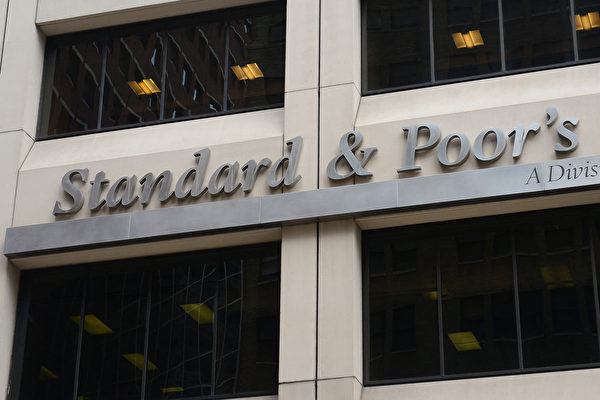In the past 15 years, getting double-digit returns in the stock market was as easy as putting money into a S&P 500 index fund and reinvesting dividends. But now, Goldman Sachs analysts are warning that the amazing returns of the S&P 500 index over the past decade have come to an end, and a new era of low returns is on the horizon.
Goldman’s investment strategy team estimates that the annual return of the S&P index over the next ten years will be only around 3%. In contrast, the average annual return over the past decade was 13%.
The S&P 500 index is a benchmark index that many popular investment tools around the world track.
In their report, Goldman analysts wrote: “Investors should prepare for lower stock returns over the next decade, with stock returns relative to bonds and inflation expected to be at the lower end of their typical performance range.”
Goldman analysts also predict that there is a 72% chance of the S&P 500 index underperforming bonds over the next ten years, while the likelihood of the stock market index underperforming inflation is about one-third. The analysts noted that there is a 4% possibility of stocks having negative absolute returns during this period.
One reason for Goldman’s lower expectations for stock market returns over the next decade is their estimation that the U.S. GDP will contract in four quarters (around 10%) during this period. Another factor is the market’s heavy reliance on the volatility risk brought by a few large stocks.
The analysts noted that the market value of the 10 largest companies in the S&P 500 index accounts for over one-third of the entire index. The report suggests that if the index were less concentrated, the estimated annual return could be higher by several percentage points.
In the 1960s and early 1970s, the “Nifty Fifty” – 50 highly sought-after large-cap stocks, including companies like IBM, Eastman Kodak, and Xerox, were the big superstars of the stock market. The 1970s ultimately became known as the “Lost Decade” for stock market returns.
The late 1990s tech boom saw the stock prices of Microsoft, General Electric, Cisco Systems, and Intel soar, but the early 21st century also marked a period of lackluster returns amid tight monetary policies.
“Our historical analysis indicates that it’s challenging for any company to sustain high levels of sales growth and profit margin over time,” wrote David Kostin, Chief U.S. Equity Strategist at Goldman Sachs, along with four colleagues.
“The same issues plague highly concentrated indices,” they continued, stating, “As the sales growth and profit-making ability of the largest stocks in the index slow down, the overall index’s earnings growth and returns will also decelerate.”
Goldman’s lower return forecast is below the 6% average annual return rate expected by other market participants during the same period. The analysts warned that the estimates of many long-term investors, such as corporations and public pension plans, may be overly optimistic.
(This article is based on a report by Fortune)

